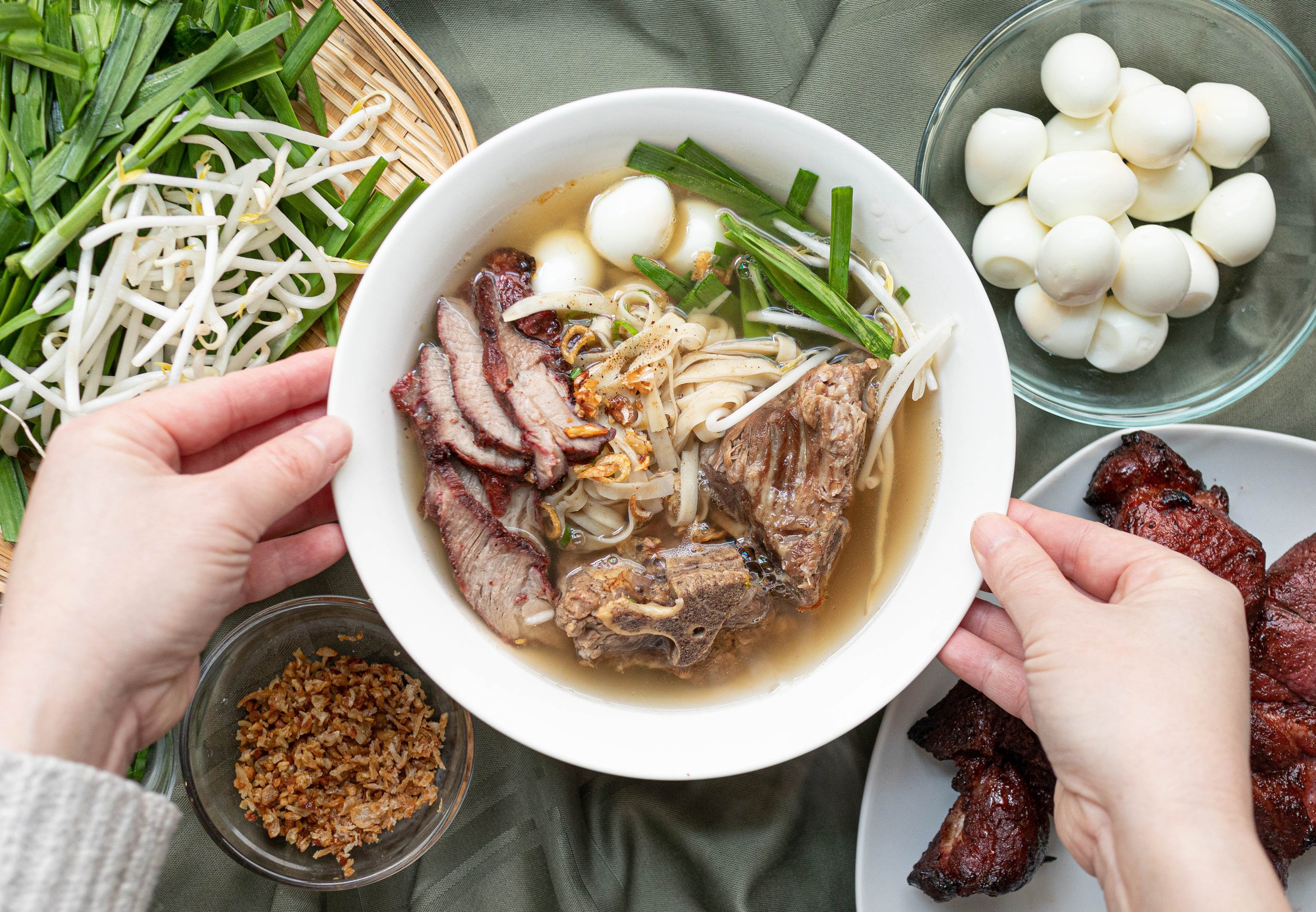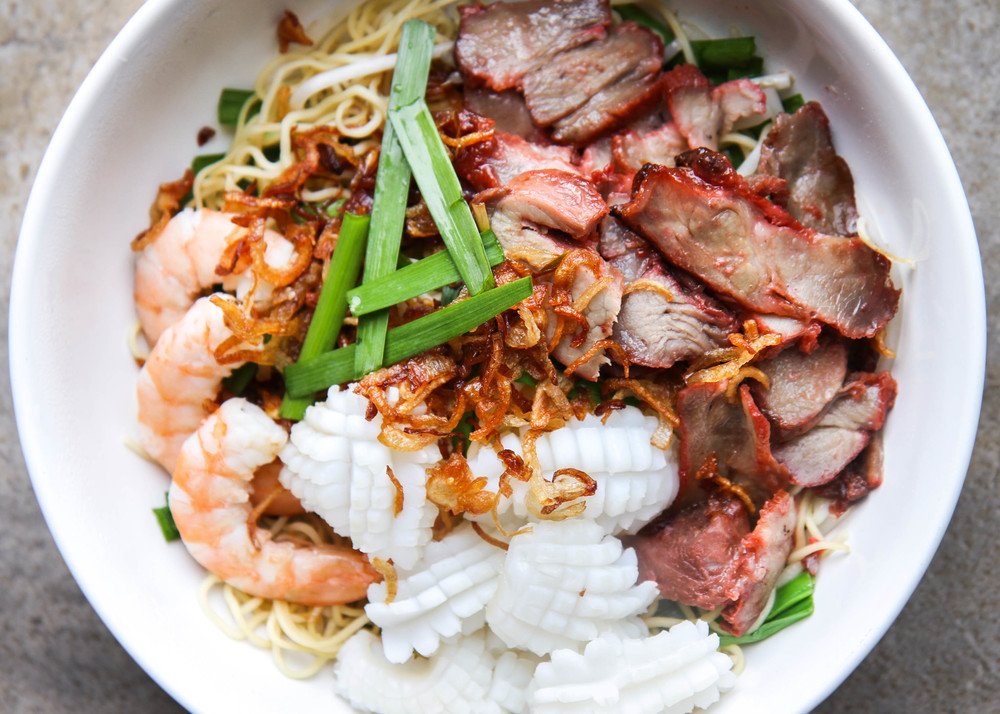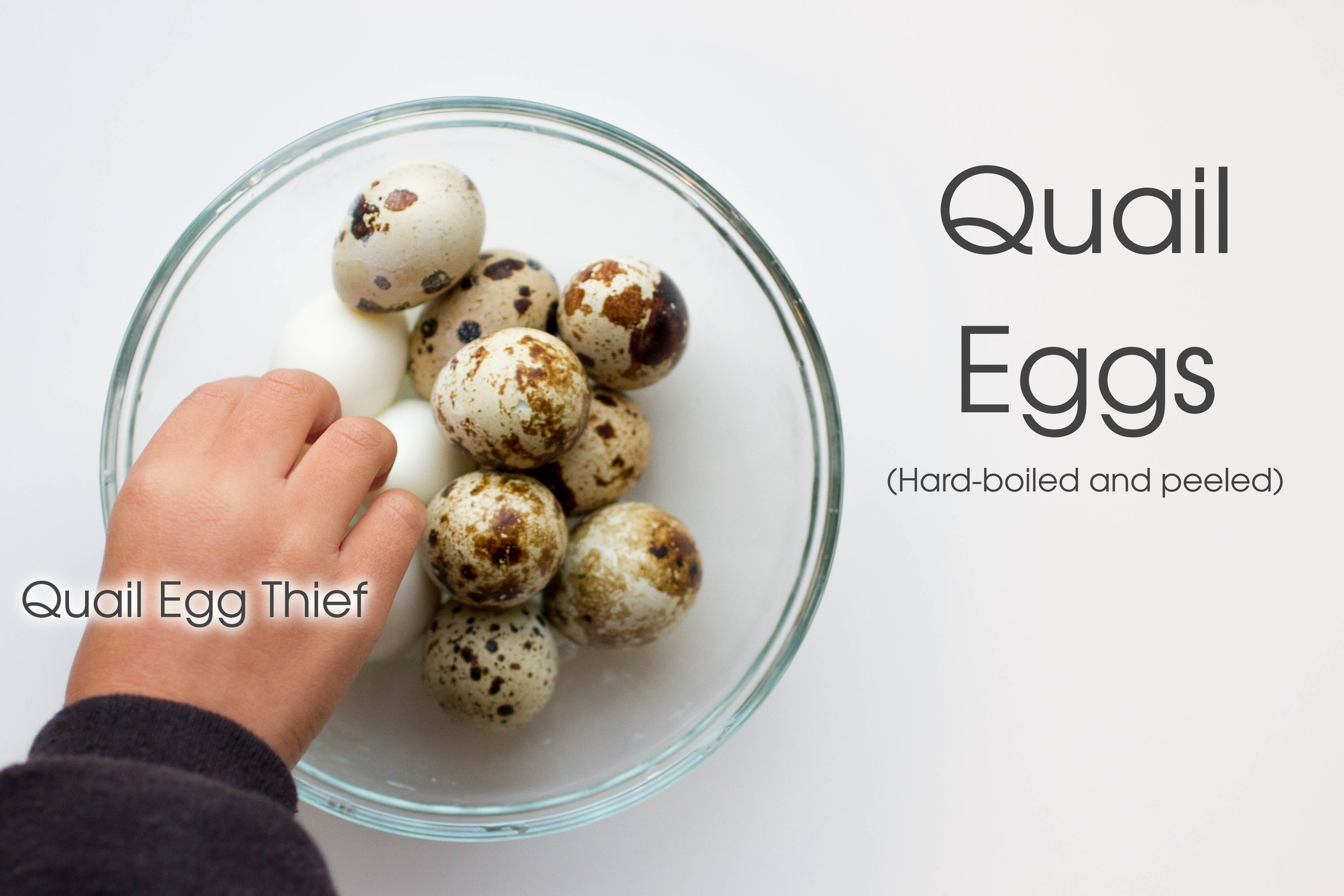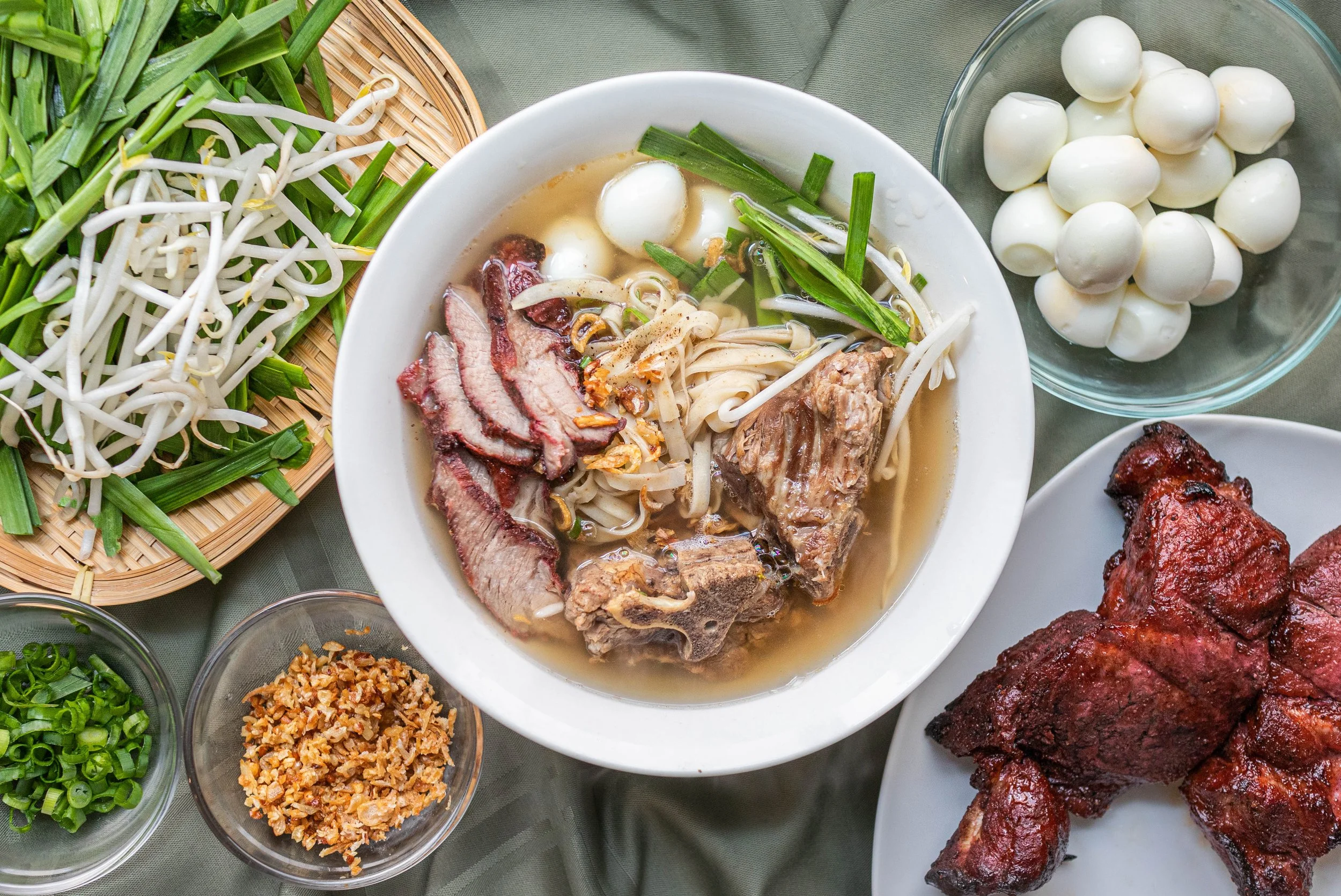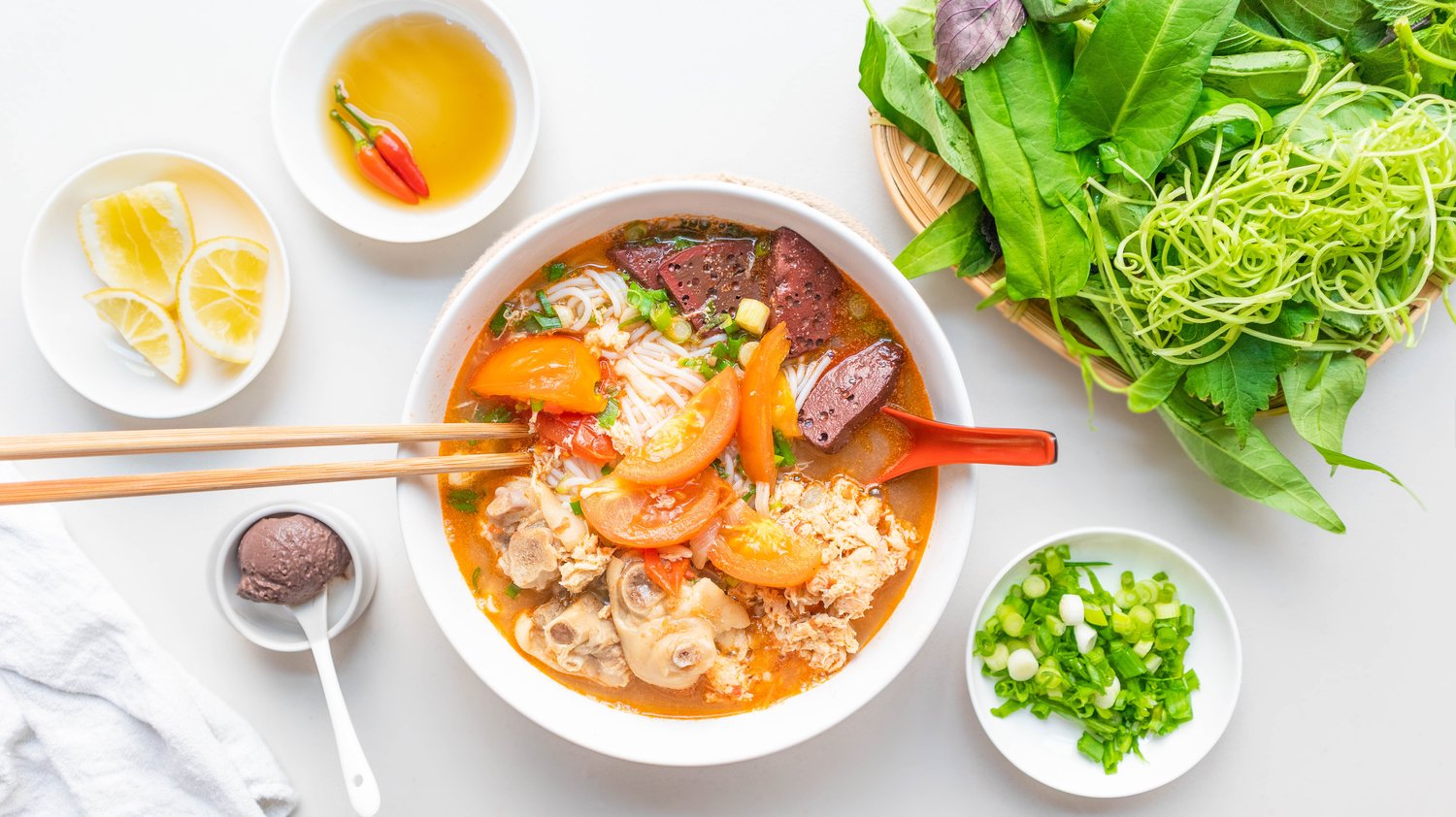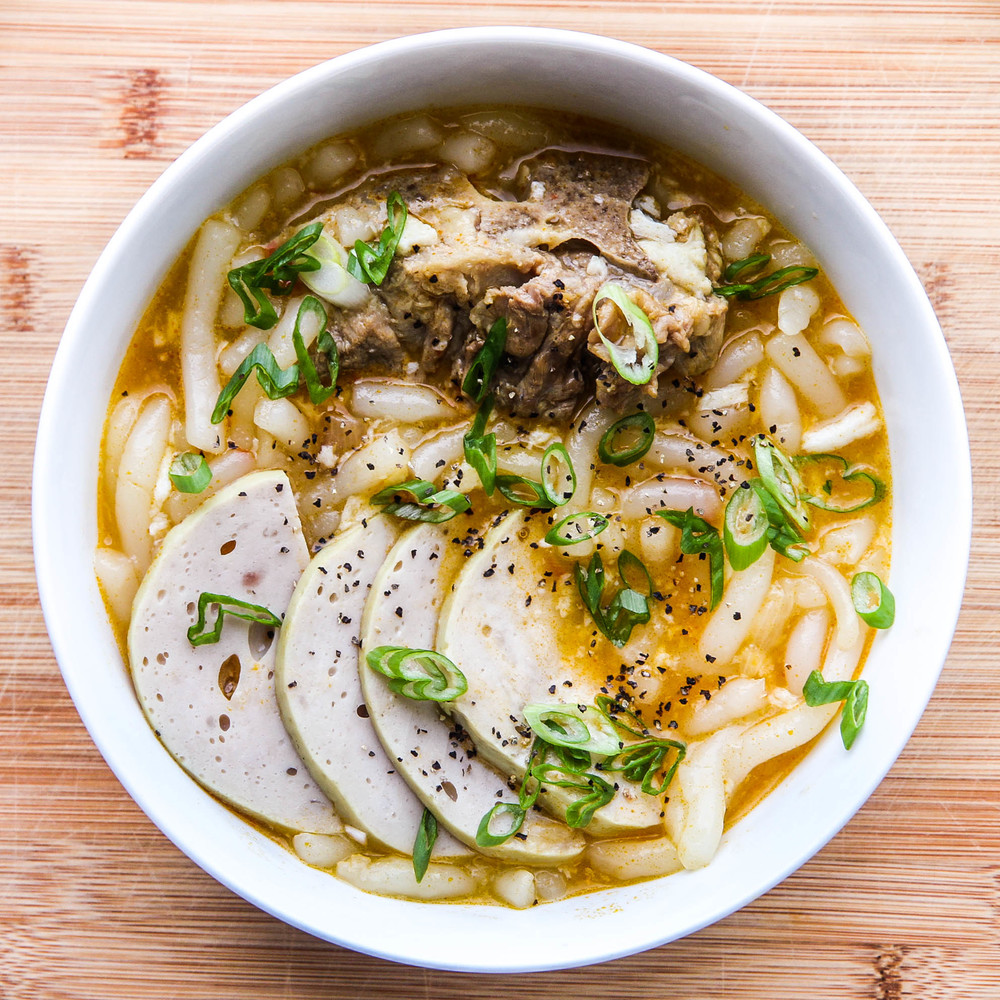Vietnamese Pork & Seafood Noodle Soup with Wet & Dry Recipes (Hu Tieu Mi)
This post contains affiliate links which we are compensated for if a purchase is made. Using links costs you nothing and helps to support the ongoing creation of content.
Hủ Tiếu Mì with Chinese BBQ Pork (Char Siu), bean sprouts, garlic chives and hard-boiled quail eggs.
Mì Khô Thập Cẩm
What is Hủ Tiếu
Vietnamese cuisine is known for its diverse and flavorful noodle soups, and Hủ Tiếu is no exception. Originating from Chinese immigrants in Cambodia and then making its way to southern Vietnam, this beloved noodle soup features a clear, savory broth made by simmering pork and/or chicken bones, and dried shrimp and squid to add a depth of umami seafood flavor. You may see it on restaurant menus as Hủ Tiếu Nam Vang for its Cambodian influence.
Hủ Tiếu is to south Vietnam as Phở is to north Vietnam, and Bún Bò Huế is to central Vietnam. It stands out as the most versatile Vietnamese noodle soup due to its numerous variations. It can be enjoyed with three different types of noodles and customized with an extensive range of toppings.
Additionally, it can be served in two distinct ways. It can be served as the traditional wet version with a flavorful broth. It can also be served as dry where the noodles and other components are placed in the bowl with a dollop of sauce and a small bowl of broth on the side.
The dry version of Hủ Tiếu is known as Hủ Tiếu Khô, while a variation made with wheat or egg noodles is known as Mì Khô. If you opt for the version with a combination of toppings, it may be referred to as Thập Cẩm, as in Hủ Tiếu Khô Thập Cẩm or Mì Khô Thập Cẩm depending on the type of noodles used.
Pork blade bones and neckbones
Blanching pork bones
Pork bones ready for broth
Dried shrimp, dried squid, yellow onions and daikon
Put everything in the pot to make the broth
Dried Seafood
Dried shrimp (Tôm Khô) and dried squid (Khô Mực) are essential ingredients in Vietnamese cuisine, particularly in the preparation of Hủ Tiếu broth. Toast them over high heat to get the aroma going then add them to the stock pot. These dried seafood ingredients infuse the broth with a unique and authentic flavor profile.
Dried shrimp and dried squid can be found at most Asian grocery store, such as Chinese, Vietnamese, or Thai markets. Some specialty food markets may carry these items in their international food section.
How to Make Hủ Tiếu Broth
Step 1: Blanch the pork bones
This step helps to remove any impurities and ensure a clear broth. Rinse the pork bones under cold water and place them in a pot of boiling water. Let them boil for 8 minutes, then drain and rinse them again.
Step 2: Roast the aromatics and dried seafood
Place the yellow onions, dried shrimp, and dried squid on a baking tray and roast them in a small toaster oven until aromatic. You can also do this the traditional way by placing the onions and dried seafood over an open flame until lightly charred on the outside. Scrap off any burnt pieces, if any, to prevent darkening the broth.
Step 3: Make the broth
In a clean pot, add the blanched pork bones, roasted yellow onions, roasted dried shrimp, roasted dried squid, and daikon. Cover with water and bring to a boil and simmer on low heat for about two hours. Skim any foam that rises to the surface. Remove all the solids from the pot. Season to taste with salt, sugar, fish sauce, and bouillon powder.
Step 4: Prepare the other ingredients (vegetables, garnishes, and protein toppings)
Making the broth is the main step, but what makes the dish is all the tasty options that top the bowl. These include, but are not limited to, sliced BBQ pork, hard-boiled quail eggs, shrimp, calamari, fried pork crackling/fat, and so much more. More information below with recipe links to each component below.
Step 5: Serve
To serve, add cooked noodles to a bowl. Add your meaty toppings. Add your vegetables. Ladle in hot broth and garnish with pickled jalapenos, fried pork fat, fried shallots, green onions, and freshly ground black pepper. Alternatively, serve it “dry” with a thick dark sauce and a small bowl of broth on the side.
Flat shrimp-flavored egg noodles
Hủ Tiếu noodles and round-shaped plain egg noodles
Cooked noodles for Hủ Tiếu
Hủ Tiếu Noodles
You can use three types of noodles for Hủ Tiếu:
Hủ Tiếu noodles — White noodles made from tapioca starch or a combination of rice flour and tapioca starch for a chewier texture.
Phở noodles — White noodles that are physically similar to Hủ Tiếu noodles but more delicate in texture, as they are made from solely rice flour. No one really would be able to tell the difference between Phở and Hủ Tiếu noodles. This is why I use them interchangeably sometimes.
Mì noodles — These are yellow noodles made from wheat flour and sometimes eggs.
Boiled shrimp
Hard-boiled quail eggs
Garlic chives (Hẹ)
Hủ Tiếu Meaty Toppings
Hủ Tiếu can be daunting to make at home because of all of the various toppings but these toppings make the dish and are oh-so worth it when you’re done. Toppings may include a few items listed below or all of them for a fully loaded bowl of deliciousness:
Sliced pork simply boiled or Chinese BBQ pork
Ground pork
Fish balls
Shrimp
Squid
Quail eggs
Pork liver
Pork kidney
Hủ Tiếu Vegetables, Garnishes & Condiments
Garlic chives
Bean sprouts
Vietnamese Pork & Seafood Noodle Soup (Hủ Tiếu Mì)

Vietnamese Pork and Seafood Noodle Soup (Hủ Tiếu Mì)
Ingredients
Instructions
- Blanch the pork bones. This will keep the broth clear. To a large stock pot, add pork bones. Fill the pot with water to cover the bones then bring it to a boil. Boil the bones for about 8 minutes or until foam floats to the top. Place a colander inside the sink. Pour the content of the pot into a colander and rinse the bones with cold water. If you are going to reuse the pot for stock, make sure to clean the pot thoroughly before making broth.
- Place the yellow onions, dried shrimp, and dried squid on a baking tray and roast them in the toaster oven at 400°F for 20 minutes or until aromatic. Cut the daikons into 2-inch chunks.
- In a stock pot, add blanched bones, dried shrimp, dried squid, yellow onion, and daikon and water. Simmer on low for 2 hours, covered. Occasionally skim the surface of the stock to keep it clear, if needed.
- Remove all the solids from the broth and discard but keep the pork neck bones as a meaty topping. Season the stock to taste with salt, bouillon powder, sugar, and fish sauce.
- Wash and prepare your desired vegetables. Cook the noodles per the package instructions. Prepare any other protein toppings.
- To assemble, add cooked noodles to a bowl. Add your meaty toppings. Add your vegetables. Ladle in hot broth and garnish with pickled jalapenos, fried pork fat, fried shallots, green onions, and freshly ground black pepper.
- Optional: If you want to make the dry version, mix together hoisin sauce, soy sauce, oyster sauce, sugar, water/stock, and tapioca starch until combined in a small bowl. In a small saucepan, heat up vegetable oil on medium-high, then add shallot and garlic. Pan fry until fragrant (20 seconds). Add mixture and cook until thicken (about 2 minutes). To serve, instead of ladling in hot broth over the bowl of noodles, add a dollop of the sauce mixture, and serve the soup on the side.
Nutrition Facts
Calories
1200Fat
64 gSat. Fat
23 gCarbs
81 gFiber
6 gNet carbs
75 gSugar
12 gProtein
73 gSodium
2831 mgCholesterol
346 mgThe values provided should be considered estimates. Factors such as brands purchased, natural variations in fresh ingredients, etc. will change the nutritional information in any recipe. To obtain accurate nutritional information for a recipe, use your preferred nutrition calculator to determine nutritional information with the actual ingredients and quantities used.

